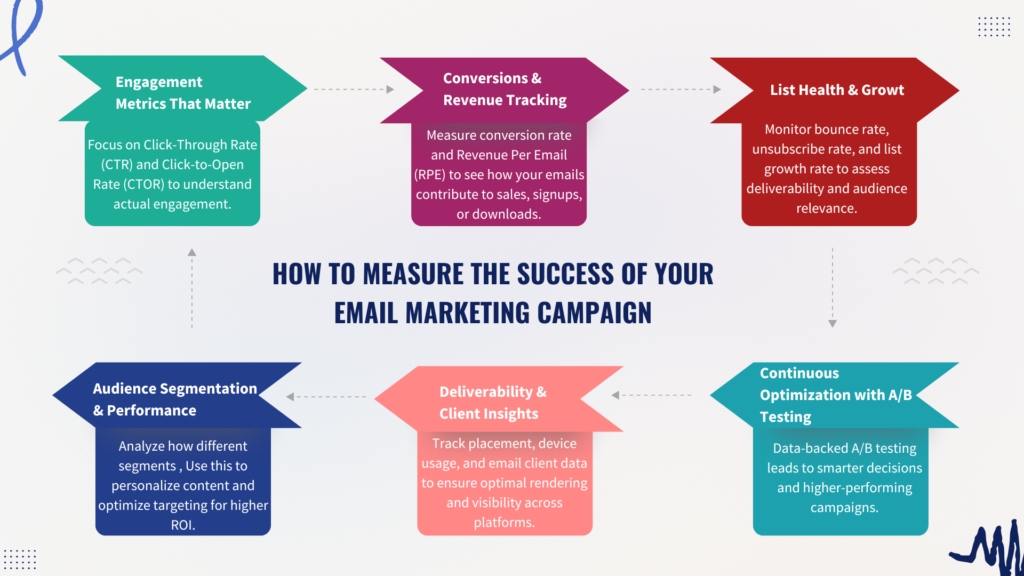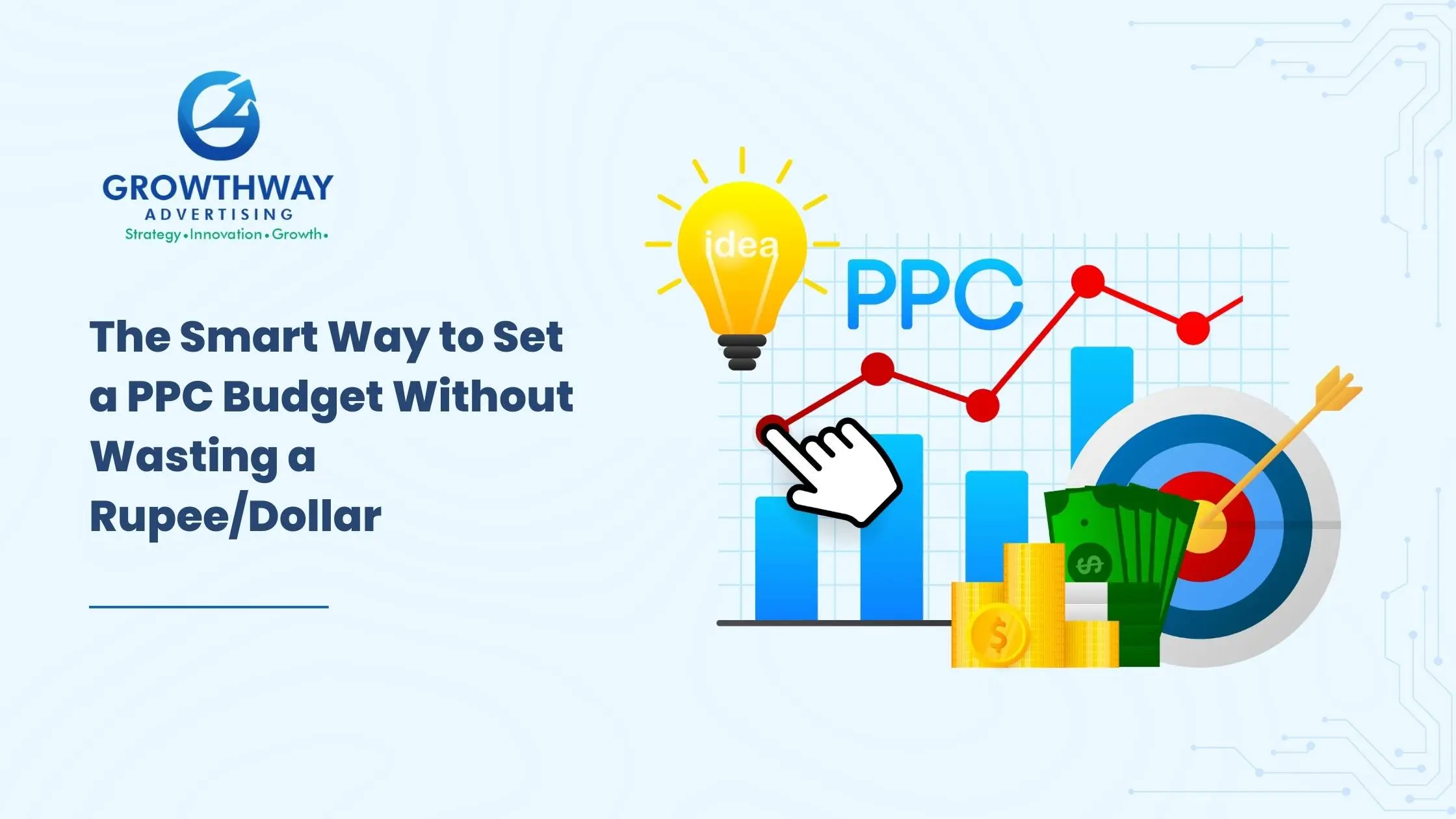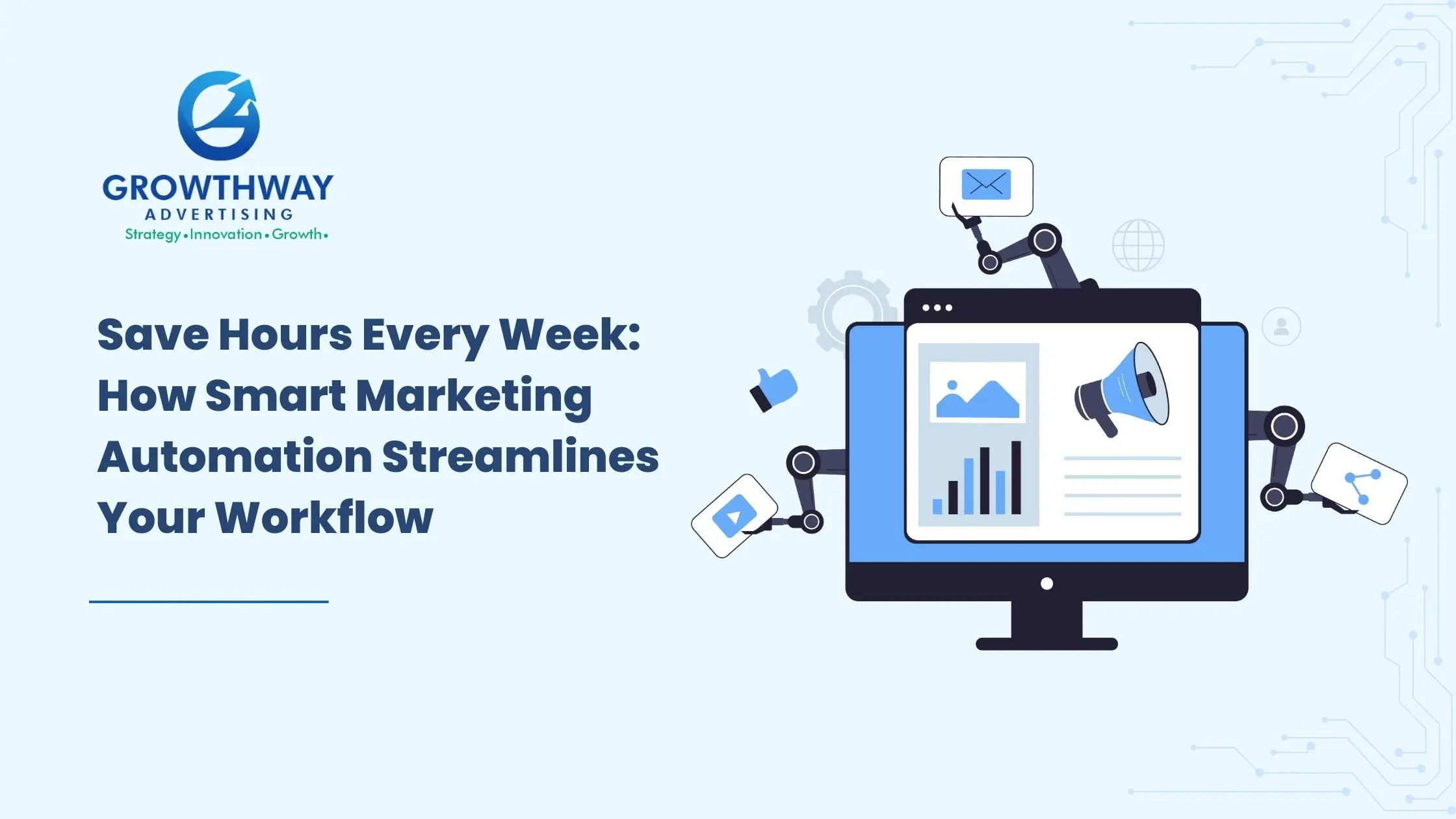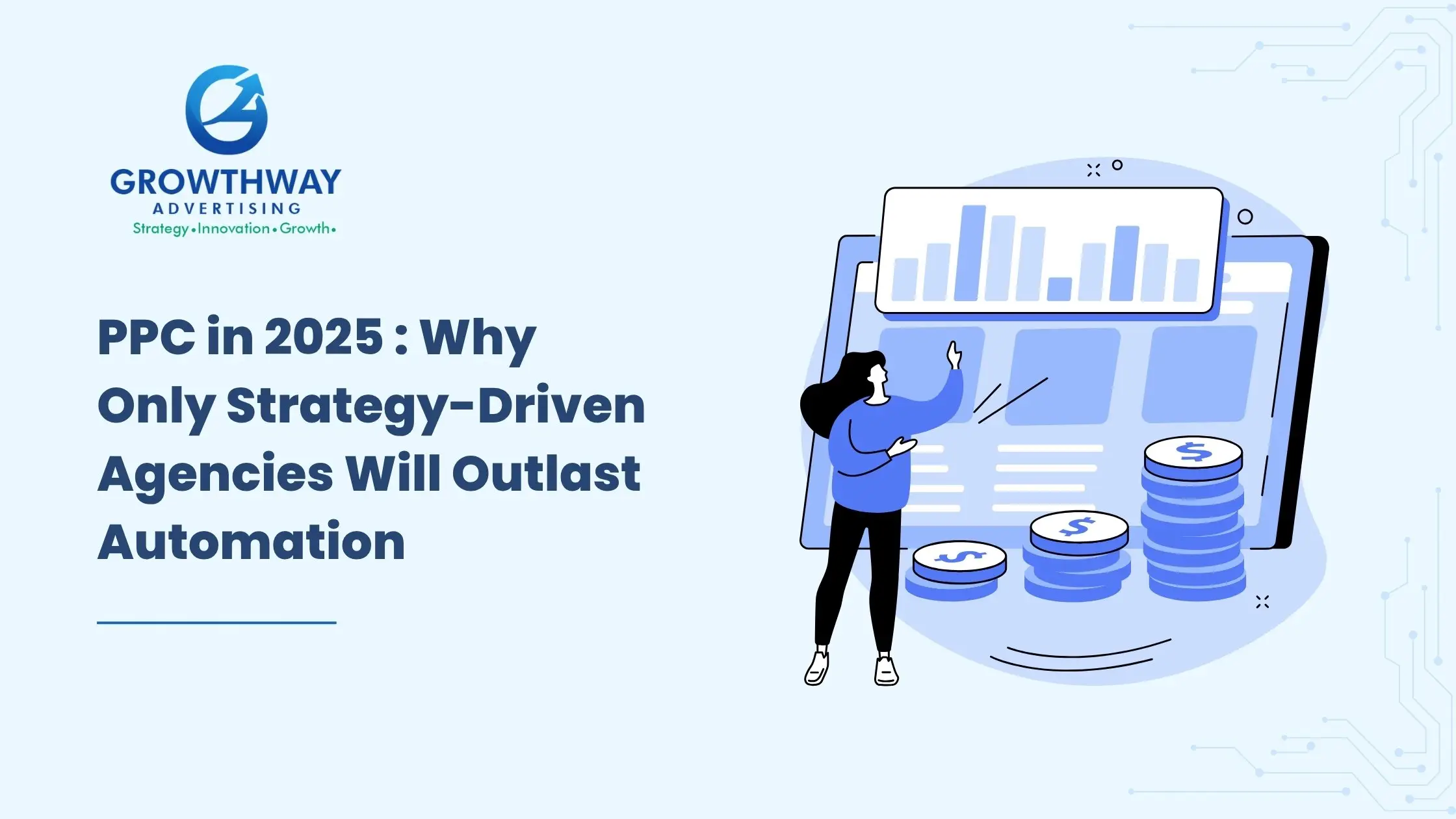One thing is straight, email marketing is not dead at all, nor too far away out of the picture. However, when you are sending emails but you do not know how they are doing you are in the dark. Measuring no longer concerns vanity statistics. It is all about knowing how to behave, repair the malfunction, as well as expand what is good.
And so, for instance, in a case where you are conducting an email marketing campaign, this is how you could actually measure success in a manner that would actually hit the mark.

1. Open Rate: Still Useful, But With a Caveat
The open rate used to be the go-to metric for judging performance. If 30% of recipients opened your email, it meant you were doing something right, probably the subject line or timing. But now with Apple’s Mail Privacy Protection (MPP) skewing open data, it’s not a standalone metric anymore.
What you should do instead: track click-to-open rate (CTOR) alongside open rate. CTOR tells you how many people actually interacted with your content after opening it.
2. Click-Through Rate (CTR): Still King
CTR is one of the most essential measures. It will inform you of the number of people who not only opened your email but also interested enough to click on. At this stage, the intent of email engagement starts to happen.
If you’re not seeing strong CTRs, it’s time to review:
- Your call-to-action (CTA) language
- The placement of CTAs in the design
- How targeted your message is to the user
3. Conversion Rate: The Metric That Pays the Bills
CTR is wonderful, what about the follow up of the click? This is where conversion rate sets in. These are how many of your users clicked on your intended goal, purchased a product, submitted a form and downloaded a piece of content.
To improve conversions:
- Segment your audience better using Audience targeting
- Personalize the offer using dynamic content
- Optimize the landing page for mobile and speed
When you track conversions, you interrelate your email work with revenue and that should be what email marketing service providers should be assisting you with.
4. Bounce Rate: Know What’s Getting Blocked
A high bounce rate tells you that your emails aren’t even reaching the inbox. This affects your email deliverability, which in turn impacts future campaigns.
There are two types of bounces:
- Soft bounces: Temporary delivery issues (like a full inbox)
- Hard bounces: Permanent problems (like a fake or deactivated address)
Make sure your email marketing agency uses verified lists and regularly cleanses data. Your reputation with email clients depends on it.
5. Unsubscribe and Spam Complaint Rates
They are not fun to see but very essential. Large unsubscribe rates are a sign of ineffective targeting of the audience or too irrelevant content. Spam complaints? That is when you know something is wrong with your content either that or it is giving a bad impression.
Here’s what to do:
- Always include a visible unsubscribe option
- Use double opt-in when collecting subscribers
- Let users manage preferences instead of just opting out completely
Email marketing companies that ignore these metrics are putting your domain at risk.
6. List Growth Rate: Your Momentum Metric
Your subscriber base is either increasing, decreasing or just remaining the same. The healthy growth rate in the list indicates that your campaigns are working, and you reach new people.
In order to expand your list:
- Provide lead magnets through ebooks or codes
- Apply enrolment forms on the web and social
- deliver retargeted advertising that is CRM-integrated
Indian as well as other countries agencies are getting more involved in strategic list health than instant opens. The larger question is are you adding the correct people?
7. Revenue Per Email (RPE) and ROI
When your email tool or email marketing service provider does not provide you with revenue per email, then you are not seeing the complete picture. RPE is merely the sum of money you earn with every email sent. You may also consider revenue per subscriber that provides you with an idea of the long-term value.
This is where you cross email analytics with e-commerce or customer relationship management systems. Combine your tools and even analyze how every email added value to the bottom line.
8. A/B Testing: Your Best Friend
If you’re not doing A/B testing, you’re guessing. Test subject lines, content layout, send times, CTAs—everything. But here’s the thing: one-off tests don’t tell you much. You need statistical significance.
What to test:
- Plain text vs HTML designs
- Short vs long copy
- Personalization in subject line vs body
Great email marketing services bake A/B testing into their workflow. This isn’t a bonus, it’s a core feature.
9. Device & Client Breakdown
It is more about how your emails come up on various surfaces. When your 60 percent audience opens on mobile, your desktop optimized design will not suffice. Such tools as Litmus or Email on Acid display rendering preview and device breakdowns.
Key actions:
- Use responsive design templates
- Avoid heavy images and unnecessary code
- Always test before you send
10. Engagement Over Time
Engagement isn’t a one-time event. You want to know how subscribers interact with your emails across multiple sends. This includes:
- Time to open
- Number of emails opened in a series
- Interaction with dynamic content
Monitor this throughout your email marketing campaign and you will know when one is cooling off or keen to buy. You can use it to activate re-engagement flow or upselling chains.
11. Segment Performance
Segmentation is not just the true demographics. Serious results? Segment by:
- Behavior (non-clickers vs clickers)
- Purchase history
- Engagement regency
After that, compare the performance of groups. This gives you the hint of where the actual opportunities are. This is what great companies in email marketing use to concentrate on high value leads.
12. Deliverability Metrics: Inbox vs Promotions Tab
That is not sufficient that you get the emails delivered; they must get them to the actual inbox which is not the spam or promotions section. Monitor:
- The rate of placement within an inbox
- Spam trap instigations
- Records of authentication (SPF, DKIM, DMARC)
When it becomes an issue of email deliverability and you are affected, the road back is long. Partner with an email marketing firm that does not disregard reputation.
13. Subscriber Churn Rate
The churn can not be ignored. When you keep losing more people than you acquire in a month, you do not have a healthy list. Break down churn by:
- Email frequency
- Content type
- Campaign goals
Make your content calendar and sending strategy based on this data. Ensure enough interaction with people or they will simply tune out.
In measuring email success now, you simply become acute on the metrics that relate directly to revenue, engagement, and growth. It is not about adding more stats, it is about having higher ones. Or, in case your current email marketing technology or services fail to show them, it is high time to reconsider your impact measurement approach.
FAQ’S
1. What are the most important email metrics to track?
The key ones include open rate, click-through rate (CTR), conversion rate, bounce rate, unsubscribe rate, and email deliverability. These show how well your email marketing campaign is performing from both an engagement and technical standpoint.
CTR measures clicks based on total emails sent, while CTOR looks at clicks from only those who opened the email. CTOR is more accurate when evaluating content performance.
Open rates are no longer fully reliable due to privacy tools like Apple’s Mail Privacy Protection. Focus on metrics like CTOR, email engagement, and conversions instead.
Typical conversion rates range between 1% to 5%, but this depends on your industry, offer, and audience targeting. The more personalized and segmented your list, the better your conversion rate will be.
Most email marketing service providers like Mailchimp, Klaviyo, or HubSpot offer built-in analytics. For advanced insights, pair them with platforms like Google Analytics or tools that specialize in email engagement and email deliverability tracking.




























